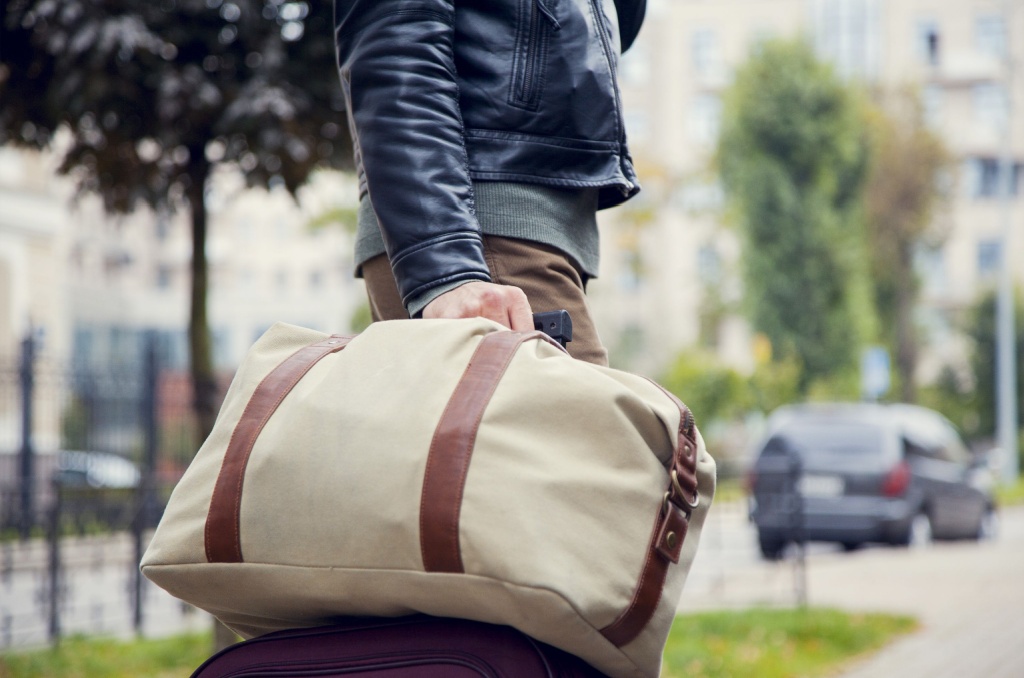You’ve written list upon list, made calls, got boxes, tape and bubble wrap, prepping everything you can in advance for your move. Regardless how much prep-work you’ve done moving day is going to pack a pretty big stress punch. And while your pet won’t have to label, pack and oversee movers, your furry (or feathery) little friend might very well go through his own stressful rollercoaster. Here are a few tips to make moving as easy on your pet as possible.
- This one might seem obvious, but make sure your new apartment community is pet-friendly. You really don’t want to show up on moving day only to find out Fido isn’t welcome.
- Even if your community is pet-friendly check if they have any breed restrictions. It would also be wise to check with local government, especially if you’re moving to a different city or county.
- Make sure your renters insurance policy is up to date. Consider adding Pet Damage Coverage. It not only adds and extra safety layer, it will also make you look like a super responsible pet owner to your new landlord/property manager.
- If you’re moving far enough to need new animal health care services, ask your current vet for your pet’s medical records, especially vaccination records. Shot records might also be essential for your new apartment community to allow you to move in with your pet.
- Ask your current vet to recommend a new doctor, veterinary clinic and emergency pet hospital in your future location. If you current vet is unable to assist you request information from the state veterinary medical association. Tour your pet’s new clinic before committing and check how clean the kennels are, the staff’s knowledge and training, business hours, whether or not they offer emergency or boarding services.
- When you found a new veterinarian, ask if there are any health risks in your new area, such as heartworm. Follow the doctor’s recommendations regarding preemptive medication, shots or avoiding specific areas in your new neighborhood.
- If your pet isn’t familiar with crate travelling or has a new crate, slowly train him up to get used to it. Forcing him inside a new, restrictive environment such as a crate, on moving day could skyrocket his stress levels. Make sure you get a comfortable, well ventilated, sturdy crate to keep your pet safe.
- Pack food and medications for about a week to have on hand. If your pet has special dietary needs, buy extra food, in case your pets’ specialty food isn’t readily available in your new location. If he’s taking life-saving medication, considering asking for an extra prescription from your current vet. Vets are forbidden to write medication prescriptions without a pre-existing doctor-patient relationship.
- On moving day, confine you pet in a quiet, safe, well-ventilated space, clearly marked as such – you can post a sign on a door or even lock it. This way your pet will be separated from all the unusual activity, won’t feel (as) threatened by strangers and will have no occasion to slip away through a carelessly open door or window. Surround your pet with favorite toys, blankets, food and water.
- Update your dog’s collar with your new address and new phone number.
- Leave your contact information (new address, phone number, even vet contact info) with a few of your neighbors and your landlord. Should your pet get loose and make his way back to your old home, you’ll get word of it asap.
- If you trip takes more than a quick one-hour drive, regularly check on how your pet is handling travelling, if he’s got enough water and food, or if he needs a walk.
- As soon as you arrive to your new location put him in a similarly clearly marked safe area, surrounding him with the same comforts as right before the move. As soon as the strangers have left (movers, landlord, friendly neighbors) let him out of his seclusion to roam and explore his new home at will. If you own a dog, take him out for a quick walk as soon as he seems to be a little less apprehensive of his new surroundings. Make the walk quick, se he doesn’t get overexcited. Slowly increase the duration of outside walks every day, so your dog has time to readjust.
- Enjoy your new home!




